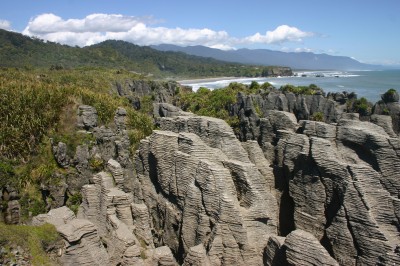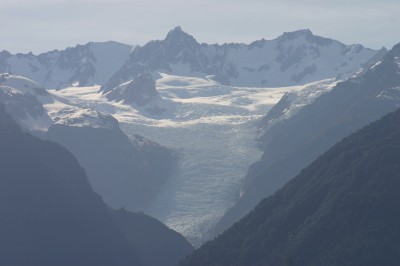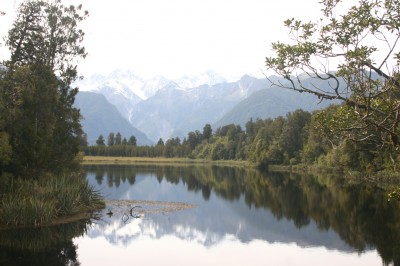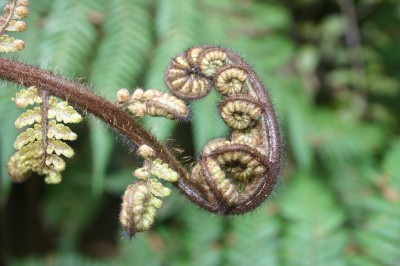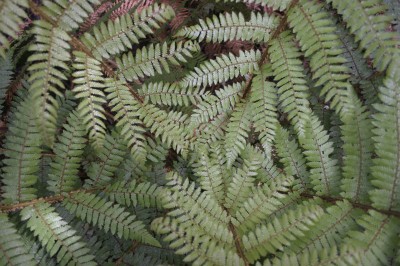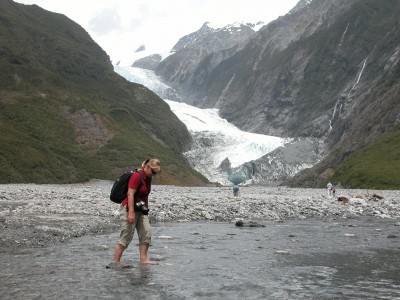It feels strange to be standing in a leafy green rainforest looking up at snow-capped mountains. I don’t know if there are many other places in the world where glaciers and rainforests are so closely connected to each other.
We have arrived in another amazing place, this time the Westland Tai Poutini National Park, part of a huge Unesco World Heritage area encompassing several national parks. The most famous sights here are Franz Josef Glacier and Fox Glacier that both slide down lofty peaks in the park. The area also offers fantastic views of Mount Cook, Australasia’s highest mountain at 3755 metres.
This is an area with dramatic natural forces, a place of upheaval, growth, erosion and change. The land sits uneasily on top of continental plates that often shift and groan, and bash against or grate over each other. Hence the frequency of earthquakes and volcanoes. The shifting also causes Mount Cook to sprout an extra couple of centimetres a year on average – fast for a mountain. The glaciers are pretty speedy, too, sometimes trundling along at up to four kilometres an hour. That’s regular walking speed for us mere humans, but we don’t have to shift tons and tons of ice, snow, rocks and debris like the glaciers do.
The rain here is quite something, too. We have so far been amazingly lucky with the weather, having only experienced one single day of drizzle on the trip so far and that is despite the fact that we are now in the rainiest area of all. Last week here it rained 480 mm in 48 hours. The result was that many road sections were washed away, including 500 metres of the road up to view Fox Glacier close up. Roads disappear, rocks tumble down, pieces of ice fall and rivers engorged with freezing water tumble down the mountains, carving new landscapes. We humans are nothing in comparison, just little specks on the face of the earth.
Another humbling experience was our visit to the Pancake Rocks, an area just north of the glaciers. It is a geological wonderland (as is so much of New Zealand!), the secrets of which geologists still have to unlock. What is keeping them guessing is how the multitude of thin layers of rock were formed. The layers of “pancakes” have since their creation been eroded by the sea, creating pancake pillars and blowholes where the surf crashes and echoes dramatically.
In the midst of all this magnificence on a grand scale are the tiny or silent wonders: the delicate flowers, the sun-dappled ferns with unfurled heads that look like the top ends of violins, the bellbirds with their wind chime sounds, and the mirror-still lakes reflecting the mountains and sky.

